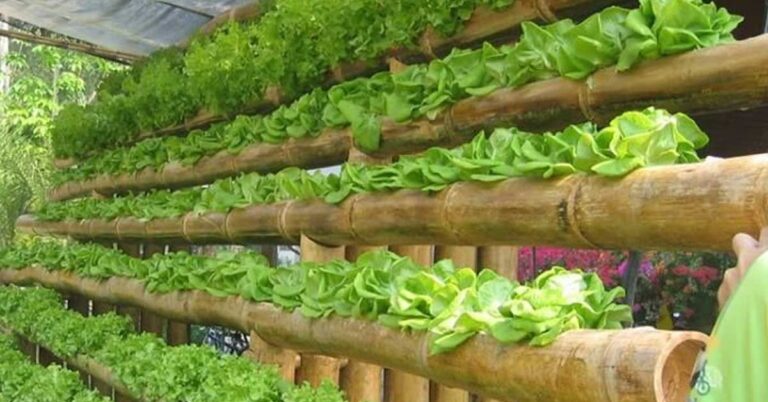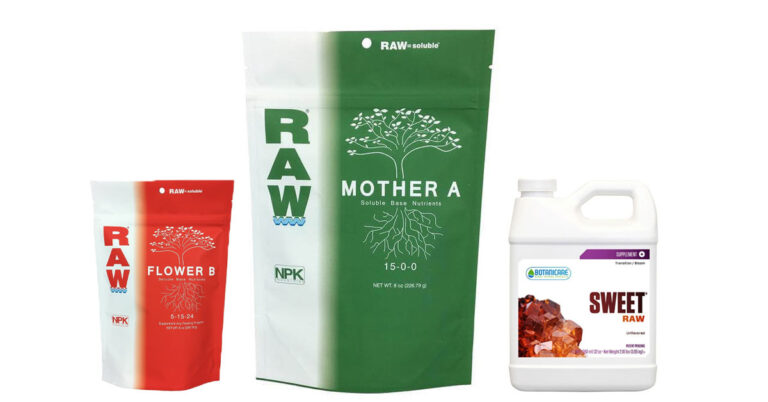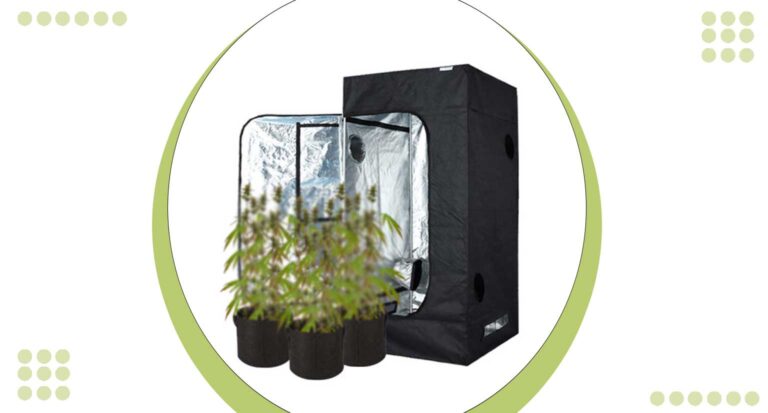Troll Master Hydroponics
Welcome to the fascinating world of troll master hydroponics, where traditional gardening meets advanced technology. If you’re a beginner in hydroponics or even a seasoned veteran, this introduction will guide you through the transformative power of this system, putting you on the path towards greener, more productive indoor farming.
As an innovative form of hydroponic gardening, troll master hydroponics redefines the way we grow plants. No soil? No problem! Harness the power of water culture hydroponics, organic hydroponics, and even aeroponic hydroponics with the troll master system.
Ready to embark on this exciting journey? It’s time to explore the troll master hydroponics world.
Understanding the Intricacies of Hydroponics
So, what is hydroponics? This term might sound intimidating, but it’s simply the science of growing plants without soil. Yes, you read that right. No soil. Instead, nutrient-rich water solutions or inert growing mediums are utilized to nourish the plants. Hydroponics is more than just an alternative to traditional gardening—it’s a whole new world that opens the doors to the future of agriculture.
It’s important to know that there are various types of hydroponic systems, from water culture hydroponics and NFT hydroponics to DWC hydroponics. But whatever the type, they all revolve around the same basic principle: direct nutrient supply, resulting in plants growing faster and healthier than they would in soil.
And where does troll master hydroponics fit in? It takes these concepts to the next level, allowing even hydroponics for beginners to get a grasp on these systems easily. So, whether you’re looking to start DIY hydroponics or considering a full-fledged hydroponic gardening operation, troll master hydroponics is a fantastic place to start.
Exploring Different Hydroponic Systems
As you delve deeper into the realm of hydroponics, you’ll discover an array of systems each offering unique benefits. From the simplicity of water culture hydroponics to the high-tech approach of aeroponics hydroponics, there’s a system to match every gardener’s needs.
Water Culture Hydroponics: The most basic form of hydroponics, where plants are directly submerged in a nutrient-rich water solution. This method is excellent for plants that require a lot of water, and it’s a great starting point for hydroponics for beginners.
NFT Hydroponics: In Nutrient Film Technique (NFT) hydroponics, a thin film of nutrient solution continuously flows over the roots, providing them with adequate nourishment. This system is often used for growing lightweight, fast-growing plants like herbs and lettuce.
DWC Hydroponics: Deep Water Culture (DWC) is a method where plant roots are suspended in an oxygenated nutrient solution. This method allows plants to grow incredibly fast and healthy, but it requires more equipment than other methods.
Aeroponics Hydroponics: A more advanced technique where plant roots are misted with nutrient solution while suspended in air. It uses less water than other methods but requires careful monitoring and control.
No matter what your gardening goals are, there’s a hydroponic system for you. And with troll master hydroponics, managing these systems becomes a breeze, turning your green dreams into reality.
Getting Started with DIY Hydroponics
Materials Needed
Embarking on your DIY hydroponics journey is easier than you might think, and you don’t need an arsenal of expensive equipment to get started. Here’s a list of essential materials you’ll need:
- Hydroponic nutrients: These are specially formulated nutrients for hydroponic plants. Unlike soil-grown plants, hydroponic plants derive all their nutrients directly from the water.
- Plant containers or net pots: These will hold your plants in place within the hydroponic system.
- A reservoir: This will hold the nutrient solution. The size depends on how many plants you intend to grow.
- Water pump and air stones: These help to oxygenate the nutrient solution, which is essential for plant growth.
- Light source: If you’re growing indoors without access to natural light, you’ll need grow lights. The type of light you need will depend on the types of plants you’re growing.
Step-by-Step Guide
With your materials ready, let’s get started with your DIY hydroponics system:
- Set up the reservoir: Place your water pump in the bottom of the reservoir, then fill it with water and add your hydroponic nutrients. Use an air stone and air pump to oxygenate the solution.
- Install your plants: Place your plants in the net pots. Make sure the roots are long enough to reach the nutrient solution in the reservoir.
- Monitor and maintain: Check the pH and nutrient levels regularly. Also, ensure the water pump and air stone are working properly to keep the nutrient solution oxygenated.
Remember, the heart of hydroponics is experimentation. Don’t be afraid to try different systems and plant types. Whether you’re starting with water culture hydroponics or exploring NFT hydroponics, troll master hydroponics can help you manage your systems efficiently and effectively.
Mastering Organic Hydroponics
Benefits of Organic Hydroponics
Organic hydroponics is an exciting junction where nature’s goodness meets technological innovation. It offers a sustainable way to grow your favorite plants using natural nutrient sources, delivering the same speed and productivity benefits of hydroponics while embracing a more eco-friendly approach.
Some of the key benefits of organic hydroponics include:
- Sustainability: Organic hydroponics uses natural, renewable sources of nutrients, reducing the impact on the environment.
- Healthier Plants: Naturally sourced nutrients often contain beneficial microorganisms that can enhance plant growth and resilience to diseases.
- Better Taste: Many gardeners claim that organically grown plants have a superior taste compared to those grown with synthetic nutrients.
How to Start
Starting with organic hydroponics is a rewarding endeavor. Here’s a simple guide to help you set off:
- Choose Your System: Decide on the hydroponic system you’ll be using. Each system has its advantages, but for beginners, water culture or NFT hydroponics are often recommended.
- Source Your Nutrients: Instead of using synthetic nutrients, opt for organic ones. There are several premixed options available in the market, or you can create your own compost tea.
- Set up and Plant: Similar to traditional hydroponics, set up your system and plant your seeds or seedlings in suitable grow media.
- Monitor and Adjust: Keep an eye on the pH and nutrient levels of your solution. With organic nutrients, these levels can fluctuate more, so regular monitoring is essential.
As with all forms of hydroponics, organic hydroponics may require some trial and error. But with perseverance and the help of troll master hydroponics, you’ll be able to cultivate a thriving, sustainable garden in no time.
Conclusion: Embrace the Future with Troll Master Hydroponics
Hydroponics, in all its forms, offers an exciting venture into the future of gardening. Whether you’re a hobbyist or a commercial grower, these innovative systems bring a host of benefits, from faster growth rates to increased yield and sustainability.
From understanding different hydroponic systems such as NFT, DWC, and aeroponics hydroponics, to getting hands-on with DIY hydroponics, the opportunities are vast. And with organic hydroponics, you can merge nature and technology in a harmonious blend that respects our planet while providing bountiful harvests.
But what truly makes these journeys less intimidating and more successful is the guidance and management provided by troll master hydroponics. As you dive deeper into this green world, let troll master hydroponics be your guide, turning your indoor gardening dreams into a thriving reality. Embrace the future of farming and let your green journey begin!
Related Articles:







